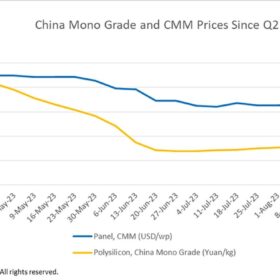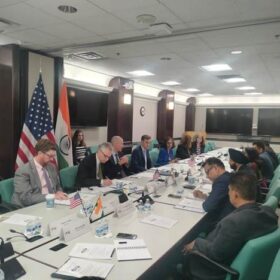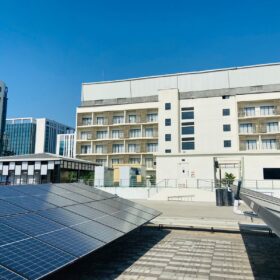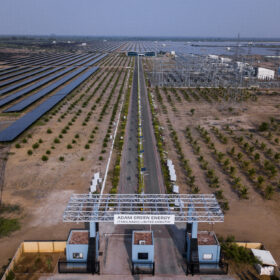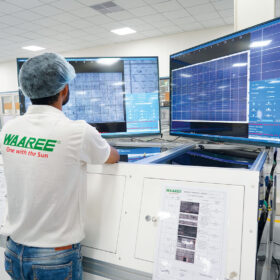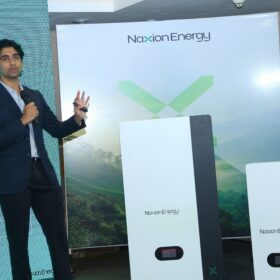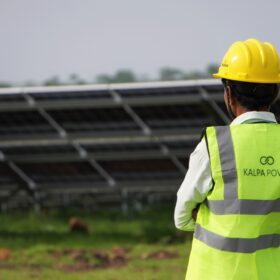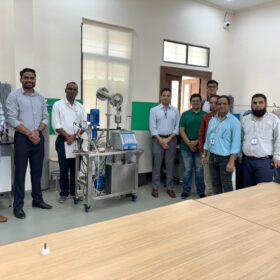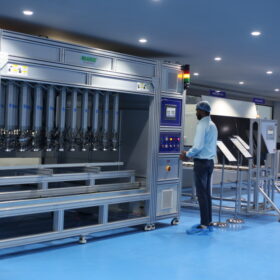Andhra Pradesh requires $10-15 billion to achieve green hydrogen capacity of 500 ktpa by 2030
Andhra Pradesh requires an estimated $10-15 billion to achieve 500 ktpa green hydrogen capacity by 2030. Around 70% of this investment will be needed to create renewable energy infrastructure such as solar and wind power generation plants, with the balance for electrolyzer capacity additions.
Bila Solar to make lightweight solar modules in US
Bila Solar – a Singapore-based developer of glassless, frameless PV modules – has announced plans to invest about $35 million to renovate a factory in Indianapolis, Indiana.
JA Solar to build 5 GW of cell capacity in Vietnam
GCL Technology Holdings Limited reported strong revenue for the first half of 2023, while JA Solar says it will invest CNY 2.72 billion ($374.8 million) in 5 GW of N-type solar cell capacity in Vietnam.
China polysilicon prices rise for the eighth consecutive week
In a new weekly update for pv magazine, OPIS, a Dow Jones company, provides a quick look at the main price trends in the global PV industry.
NTPC seeks 1.6 GW of bifacial PV modules for Gujarat solar project
NTPC Renewable Energy Ltd (NTPC REL) has invited bids to supply 1,584.6 MWp of DCR-compliant, crystalline silicon bifacial PV modules for its 1,255 MW Khavda Solar Project.
Fraunhofer ISE helping Holosolis to build Europe’s largest solar factory
Fraunhofer ISE is helping Holosolis to build Europe’s largest PV factory – a 5 GW solar plant in France – by 2025. The German research institute is providing support in technology selection and factory planning.
USA, India launch renewable energy technology action platform
The renewable energy technology action platform will initially focus on green and clean hydrogen, wind energy, long-duration energy storage, and exploration of geothermal energy, ocean/tidal energy and other emerging technologies.
Fimer’s battery storage compatible inverters to fulfil Capgemini’s 100% renewable power obligation
Fimer recently supplied its 2 MVA inverters for battery energy storage systems (BESS) deployed at IT major Capgemini’s campuses in Mumbai and Noida.
Annual renewables installations to surge 33% to 20 GW this fiscal
India is expected to add around 20 GW of new renewable energy capacity (16 GW solar and the balance wind) in FY 2024. This is 33% up from 15 GW installed in FY 2023.
The Hydrogen Stream: Hydrogen buses less efficient than battery models
Italian researchers have compared the performance of hydrogen and electric buses in northern Italy, while DNV has released its guidelines to validate claims related to low-carbon renewable hydrogen and ammonia attributes.



